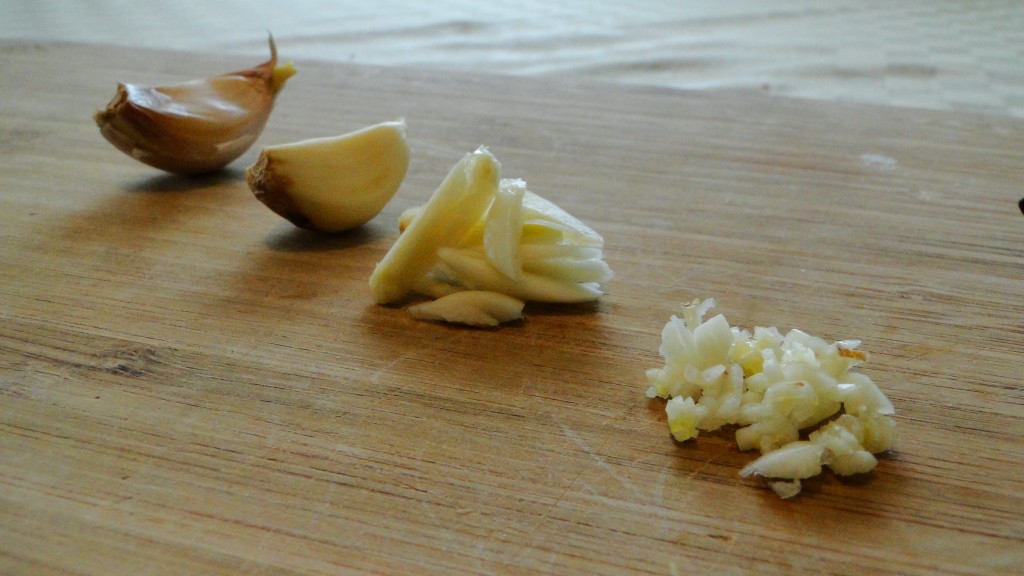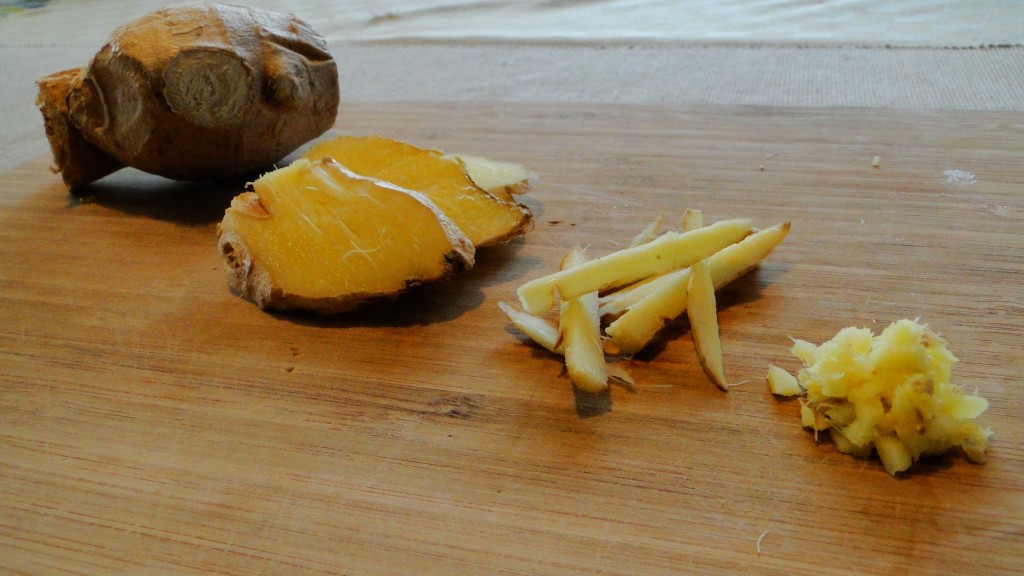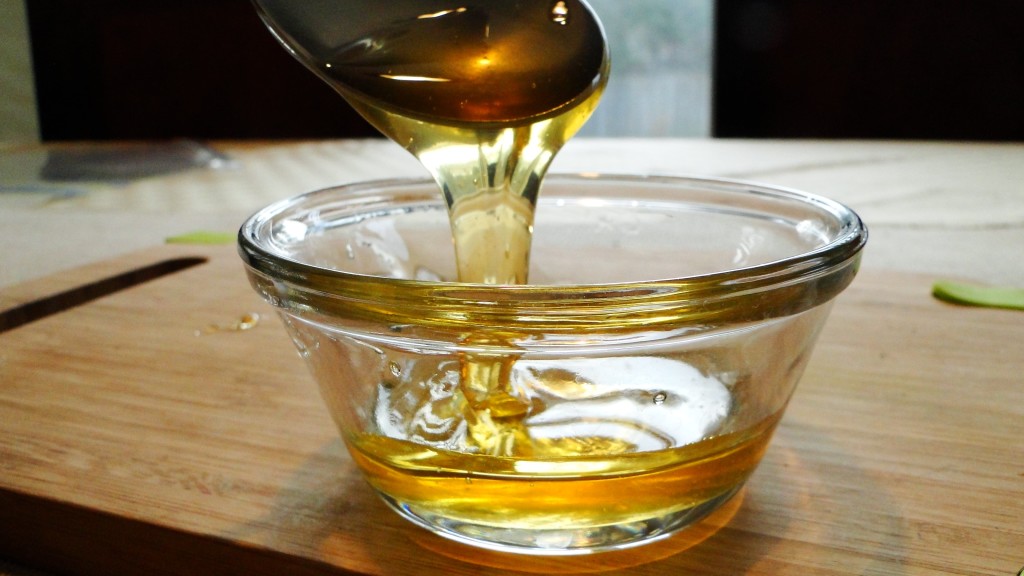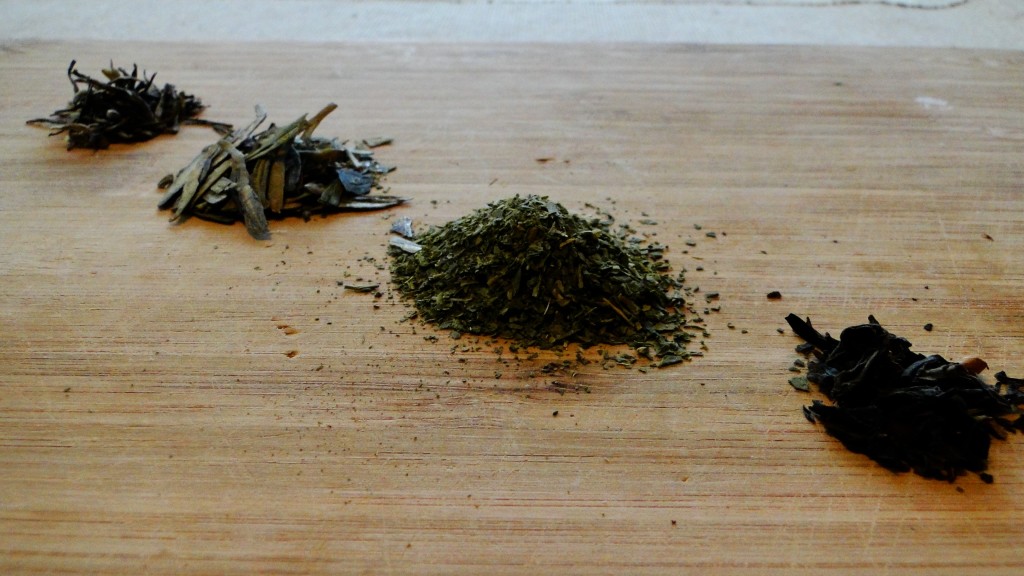There’s junk food, there’s food that’s good for you, and then there’s food that’s really good for you; so good that some would go as far as to call it medicine. The thought of browsing your pantry to beat the flu might seem odd, but medicine didn’t always come out of pill bottles and syringes.
Back in the day, nature was your medicine cabinet. And the foods that you would find in your kitchen were also the ingredients in many remedies, some that can even beat out the drug-resistant bugs of today. And while there were some not so common ingredients in these ancient cures, (cow’s bile anybody?) many of the medicinal plants used back then are still commonplace in the kitchen today.
Garlic

Photo by David Xie
As an aromatic in cooking, the flavour of this pungent bulb is familiar to all from its wide use across global cuisines. Maybe a little less familiar are its medicinal properties. Garlic contains a ton of chemical compounds including allicin, an organic chemical that gives fresh garlic its distinctive aroma but also has shown infection fighting properties under scientific study. Another particular chemical compound in garlic called diallyl sulfide has been shown to be more effective than some popular antibiotics.
Ginger

Photo by David Xie
Ginger sees most of its use in Asia where it brings heat and distinct flavour to local cuisines. Like garlic, ginger has also shown itself to be an antimicrobial in laboratory tests in addition to having a few other medicinal properties. Ginger taken in the form of teas or simply chewed raw can be used to treat nausea and also helps to settle digestive issues. Ginger based supplements can also reduce inflammation and may have some cancer fighting properties.
Honey

Photo by David Xie
Honey has been used medicinally in many cultures for thousands of years, and for good reason. Honey possesses antibacterial properties that allow it to fight a bunch of disease-causing pathogens, including some drug-resistant bacteria. Honey also has a much higher nutrient content than other sweeteners that includes vitamin C, iron and calcium, depending on the type of flowers the nectar was sourced from. Honey also contains polyphenols that can reduce the risk of cancers and heart disease by neutralizing free radicals.
Green Tea

Photo by David Xie
While all teas are made from leaves of the same plant, green teas go under the least amount of processing. The more gentle processing of green tea keeps important polyphenols intact while the fermenting process of black tea destroys these important chemicals. The polyphenols in green tea have antioxidant properties and can contribute to good vascular health while reducing the risk of certain cancers. The same polyphenols that offer a number of health benefits have also been shown to have antibacterial properties.


